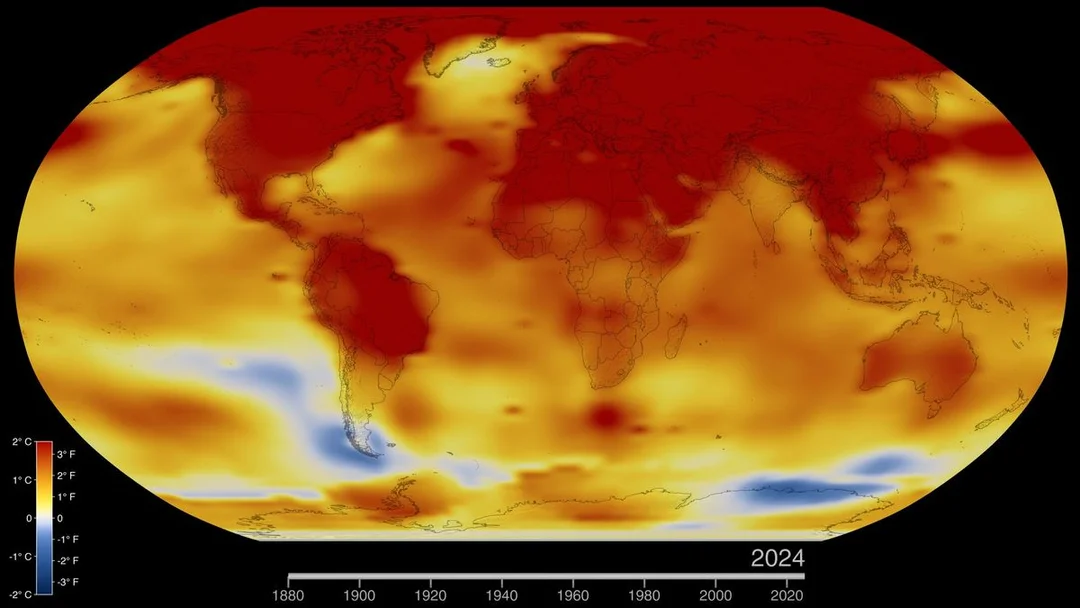
Climate Change Emerges as the Foremost Threat to Endangered Species in the U.S.
In a startling revelation that has sent ripples through the conservation community, a new study has identified climate change as the leading threat to endangered species in the United States. This crucial development underscores the emerging landscape of environmental risks and highlights the urgent need for strategic conservation efforts as greenhouse gas emissions continue to escalate.
The study, conducted by Talia E. Niederman and her colleagues at the nonprofit organization Defenders of Wildlife, analyzed 2,766 species identified under the Endangered Species Act (ESA). This comprehensive research is notable for surpassing established concerns such as habitat loss, pollution, and invasive species, which have long been considered the primary dangers facing imperiled wildlife.

According to the findings, climate change now threatens 91% of the species studied, which is a significant increase that reflects the changing dynamics of ecological challenges. While overlapping threats are common — with 86% of ESA-listed species facing multiple dangers — the study clearly indicates that climate change is the most pervasive, marking a historic shift in priority for conservation strategies.
Experts have consistently noted that the current trends in global warming are primarily driven by human activities. The Intergovernmental Panel on Climate Change (IPCC) has unequivocally linked rising levels of greenhouse gases like CO2 and methane to anthropogenic sources, warning that these emissions are wreaking havoc on natural ecosystems faster than many species can adapt.
This alarming pace of environmental change particularly impacts vulnerable groups such as corals and amphibians, which thrive in delicate ecosystems. The authors of the study emphasize the urgent need for reevaluating conservation policies to explicitly integrate climate sensitivity in ESA listings and management plans, urging swift action to mitigate threats to biodiversity.
In their published findings in BioScience, the researchers articulated, "Addressing the five drivers of biodiversity loss promptly across all affected taxa will be critical to preventing further extinction." This plea serves as a wake-up call, urging both policymakers and the public to foster awareness and take proactive measures in combating climate change.
As we grapple with the reality of these findings, it becomes essential for all of us to engage in conversations about wildlife preservation. What actions can we take to support the efforts in saving our planet’s biodiversity? Your thoughts and experiences are valuable — feel free to share in the comments below!